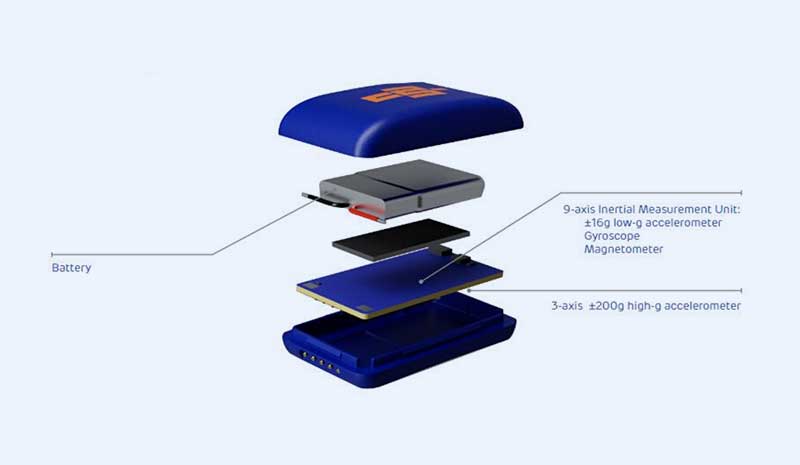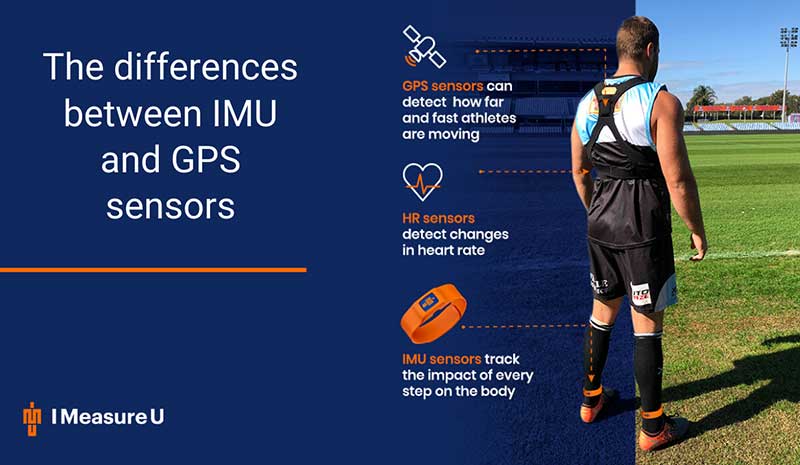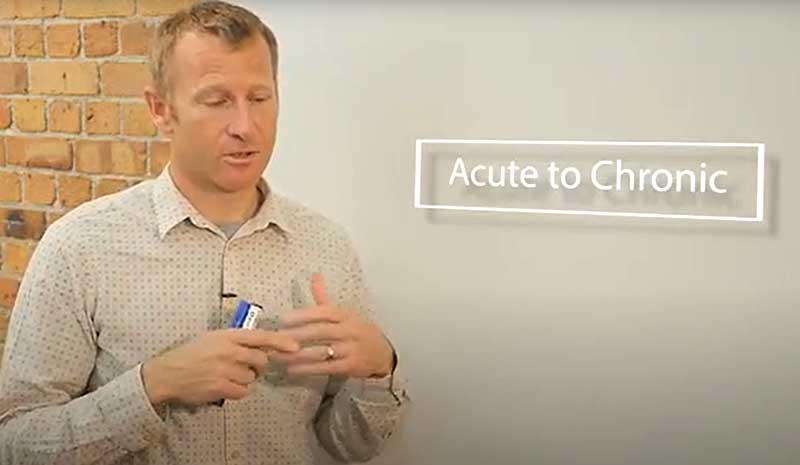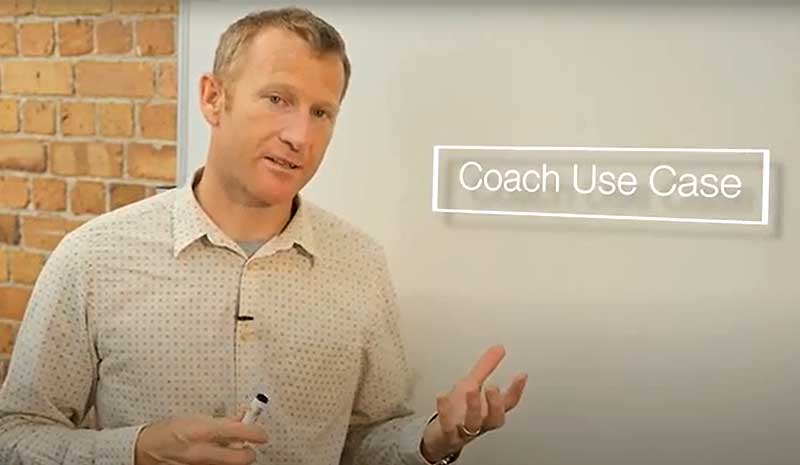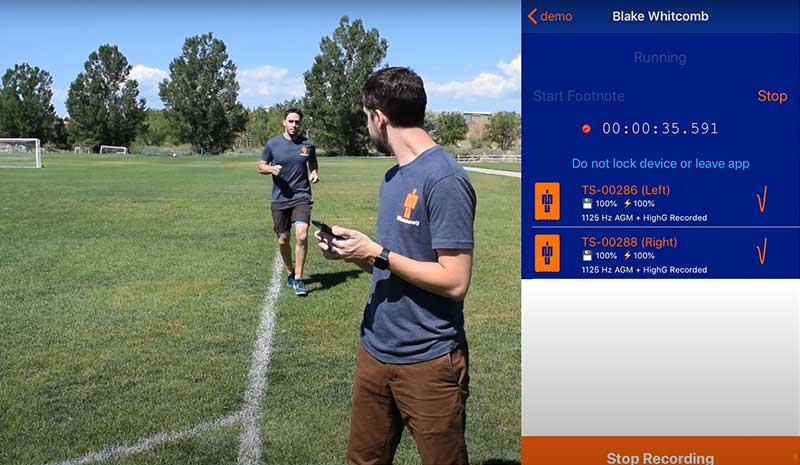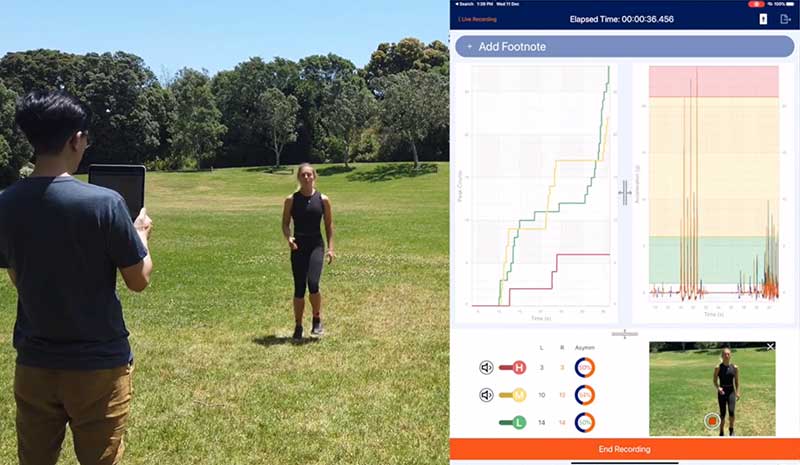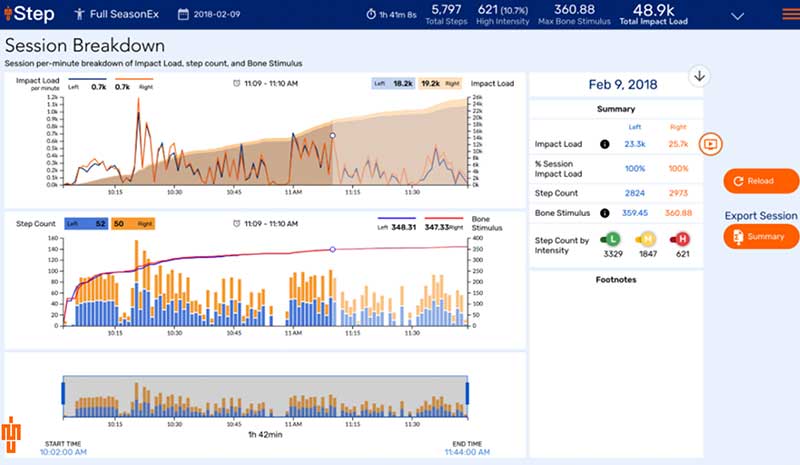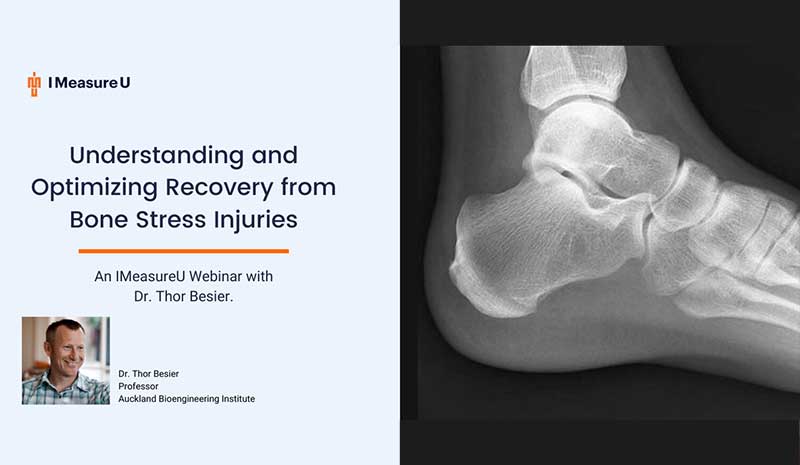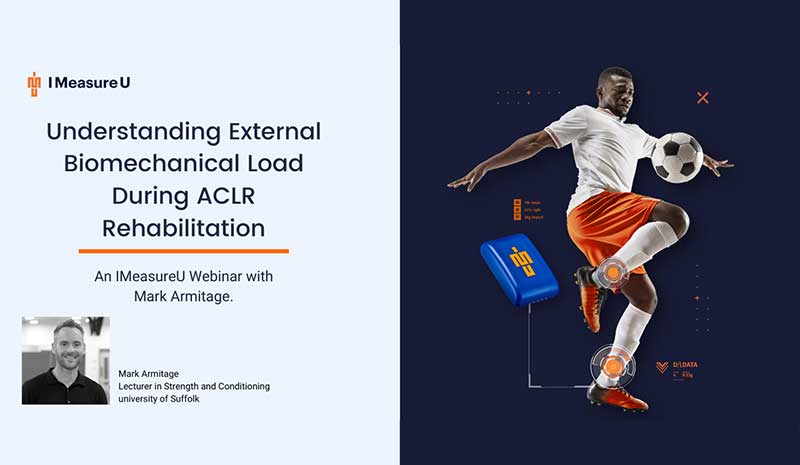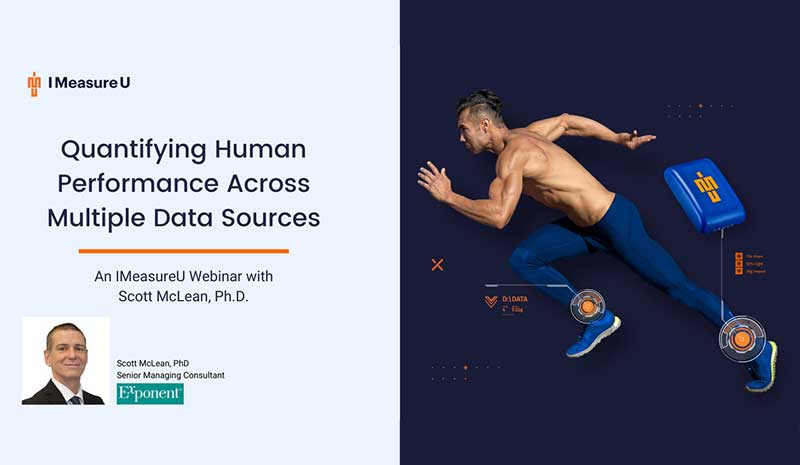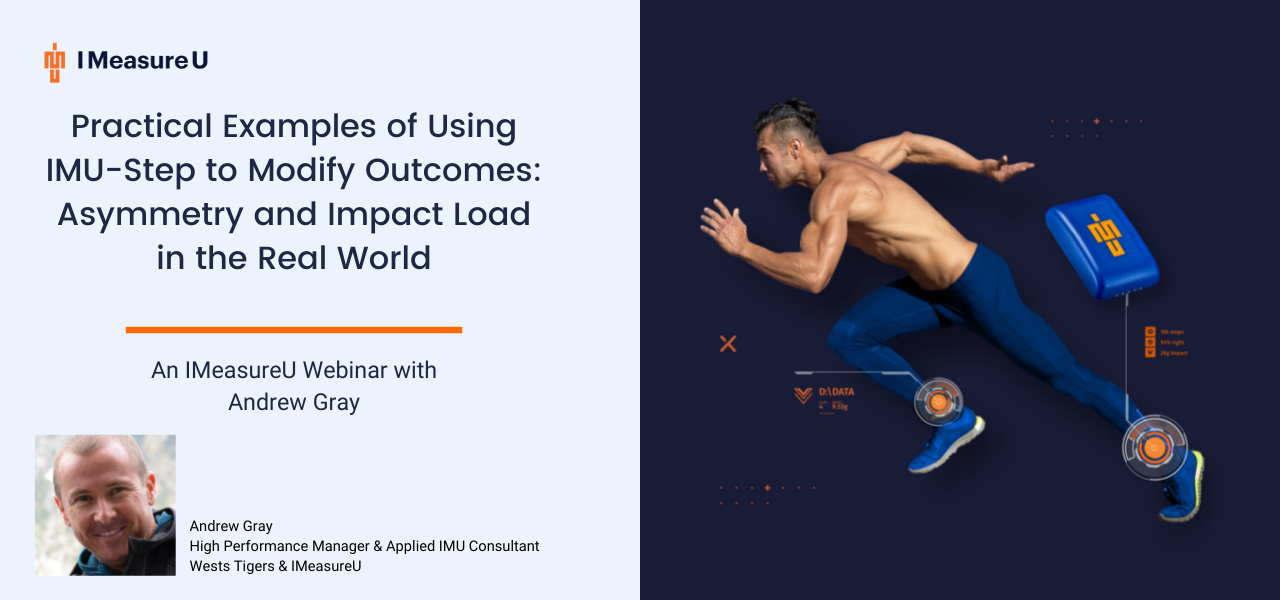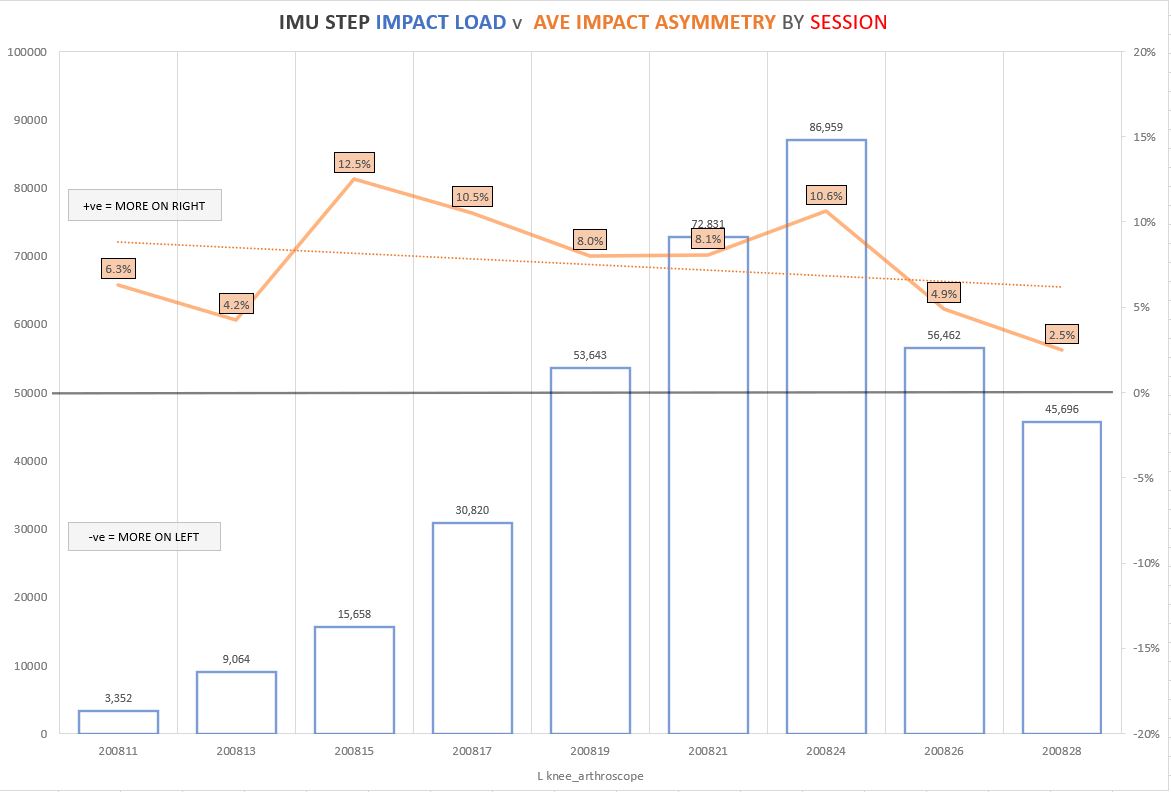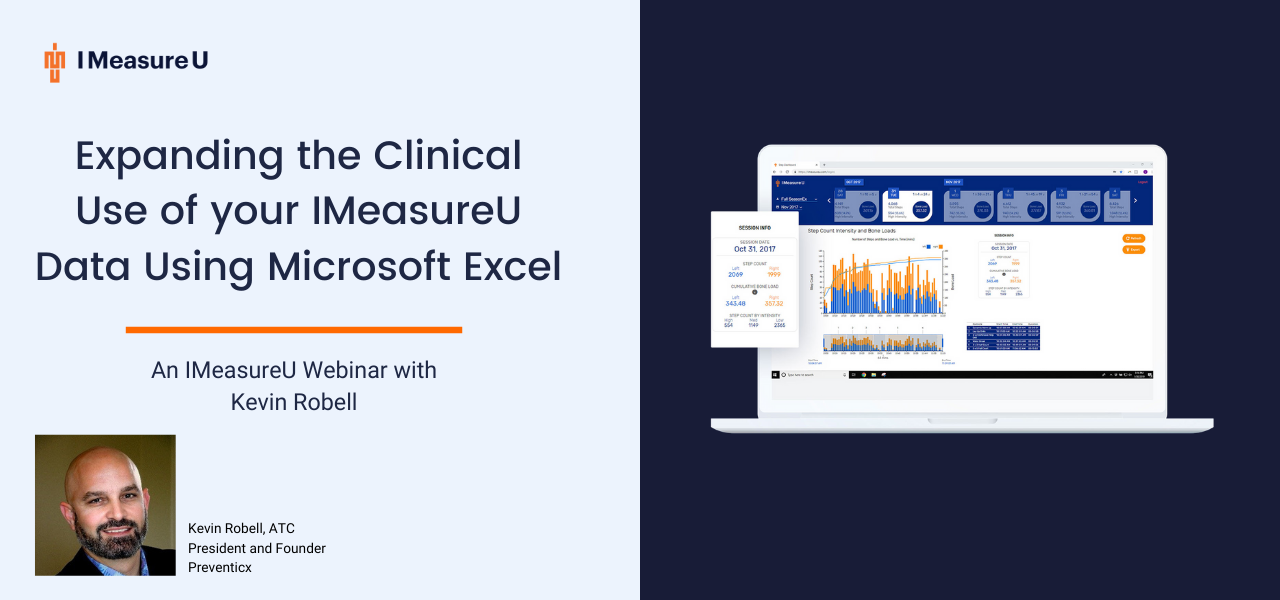As a foundation for lower limb monitoring and for the rest of the academy, let’s start off with an in-depth overview of what an inertial sensor is. Jaime will explain basic concepts such as placement, components, and g calculations while referring to Dr. Clint Hansen for more detailed demonstrations.

- COURSE 1:
Inertial Sensor Basics - COURSE 2:
Sports Science - COURSE 3:
How to Use IMU Step - COURSE 4:
Practical Application - Course 5:
Advanced Analysis
LESSON 2
How does an IMU differ from GPS?
IMU and GPS systems are two of the most common methods of athlete tracking. We explore the similarities and differences between them and break down when each is most appropriate to use.
Course 1 Quiz
LESSON 1
An Introduction to Internal and External Workload
Dr. Thor Besier introduces the concept of external & internal workload for athletes. These concepts form the base of load monitoring protocols and can be applied to almost every protocol in one way or another.
LESSON 2
Bone Load Homeostasis
The internal bone response relies primarily on two factors, magnitude and frequency. In this lesson, Thor will examine how these factors interact and how to use them to predict bone response.
LESSON 3
Cumulative Load
The load a tissue experiences in one session changes depending on the cumulative loads of the session that cam before. Learn how load history impacts load response and why exercises don’t happen in a vacuum.
LESSON 4
Acute to Chronic Load Management
Now that we understand why load history is important to track, let’s explore how we can use load history to describe where they are in their training. One of the most common ways of managing load is by tracking the acute and chronic load.
LESSON 5
Return to Play Optimization
Thor brings all the lessons together with ideas and examples of how load monitoring can be used to improve an athlete’s return to play.
Course 2 Quiz
LESSON 1
Intro to Data Collection
IMU-Step is a lower limb monitoring tool utilizing inertial sensors on each ankle. Its applications range from return to play optimization to general load monitoring. This course will take you through how to collect and analyze IMU-Step data.
LESSON 2
How to Record Live Data
The ability to track an athlete’s impact response in real-time is a crucial skill for any practitioner to have in their repertoire. With this information, you can make adapt immediately to a shift in loading pattern or a deviation from your prescribed activity. Combining this with the video also adds a valuable tool for you and the athlete when analyzing the session after it occurs.
LESSON 3
Navigating the Dashboard
The IMU-Step Dashboard displays your processed data in a series of 4 graphs. Each graph focuses on different aspects of the subject’s lower limb profile. After this lesson, you will be comfortable navigating the dashboard and customizing each graph to your needs.
Course 3 Quiz
LESSON 1
Understanding and Optimizing Recovery from Bone Stress Injuries
Thor lends his expertise as he gives a thorough overview of bone stress injuries and how we can optimize their recovery.
LESSON 2
Answering Questions with Inertial Sensors
In this lesson, we learn how to apply inertial data across multiple sports and situations. Daniel Greenwood takes us through how to develop the right questions and find the answers using inertial sensors.
LESSON 3
Understanding External Biomechanical Load During ACLR Rehabilitation
Mark Armitage takes us through an ACL rehabilitation case study so we can see how to apply the data in a real rehab along with GPS metrics in this in-depth webinar.
LESSON 4
Quantifying Performance Across Multiple Data Sources
For this lesson, we focus on bringing multiple sources of data together for improved outcomes. In this webinar, learn from Scott McLean, PhD, how you can develop a holistic and wearable-tech-driven framework through which to maximize performance outcomes, mitigate risk, and support long-term behavioral success and stability.
LESSON 5
Setting up for Success with IMUs
During this lesson, Andrew will share best practices on how to practically apply inertial data using his over two decades of experience in high performance. He will take you through real case studies so you can learn his process of how he turns the data he collects into improved outcomes for his athletes and patients.
Quiz 4
LESSON 1
How to import your IMU data into excel
This course will focus on using excel to manipulate your data. The first step is to actually get that data into excel. This lesson will teach you how to download a bulk export and import multiple folders into excel at the same time.
LESSON 2
Use and edit your own custom templates
Learn by doing. This lesson focuses on how to download and use a pre-built Excel template to interrogate your IMU-Step data. Once you understand how to use the template you can keep it and alter it as you like.
LESSON 3
Using excel to dive deeper into the data
For our final lesson, Kevin Robell of Preventicx will take you through building your own custom dashboard in excel. This will give you a foundation to conduct more advanced analysis with your IMU Data. Kevin concludes the lesson by teaching you how to integrate GPS, sleep, and IMU data into a single source, so you can build a comprehensive view of your subjects.

